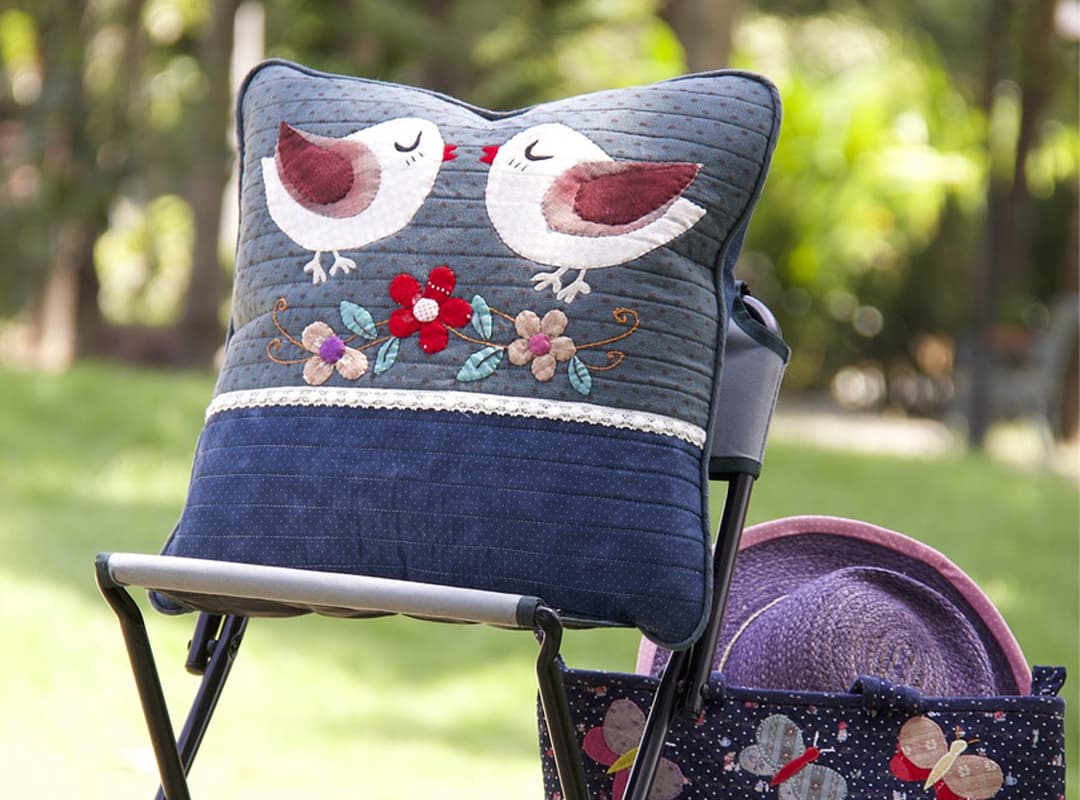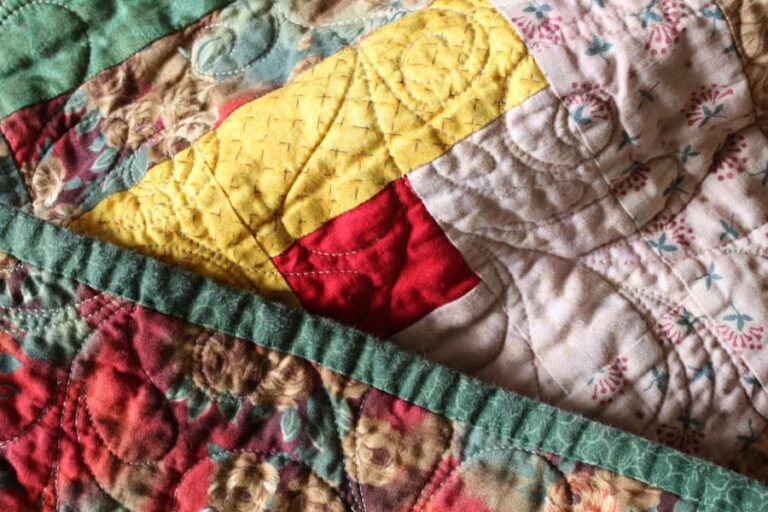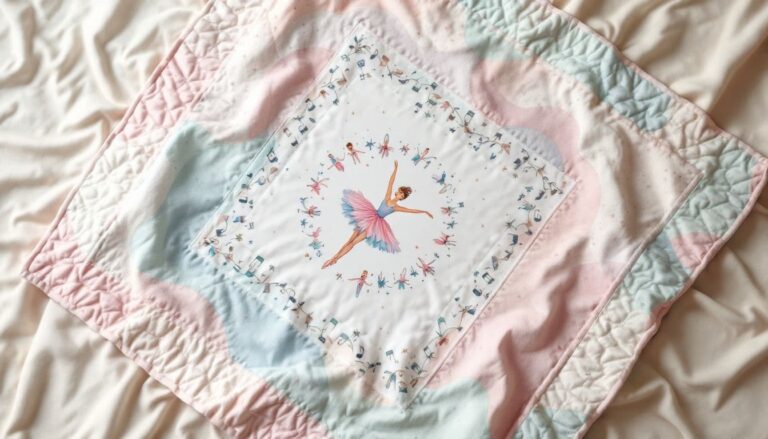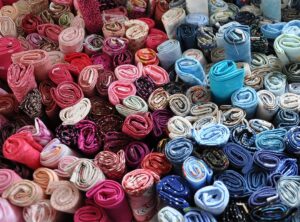Patchwork quilting is a rewarding and creative craft, but even seasoned quilters can encounter challenges along the way. Avoiding common mistakes can help ensure your projects turn out beautifully and as intended. Here are expert tips on how to sidestep typical pitfalls in patchwork, with insights to help you succeed in your quilting endeavors.
1. Accurate Cutting is Key
One of the most critical aspects of quilting is cutting your fabric accurately. Inaccurate cuts can lead to misaligned pieces and uneven seams.
a. Use the Right Tools
- Rotary Cutter and Ruler: Invest in a high-quality rotary cutter and a clear acrylic ruler. These tools help you achieve precise cuts and are essential for maintaining accuracy.
- Self-Healing Mat: A self-healing cutting mat protects your surfaces and extends the life of your rotary cutter blades.
b. Measure Twice, Cut Once
- Check Measurements: Always double-check your measurements before cutting. Mistakes in measuring can lead to a domino effect of errors in your quilt.
- Consistent Cutting: Ensure that all pieces are cut consistently to avoid gaps and mismatches when piecing together your quilt.
2. Seam Accuracy and Consistency
Seams are the foundation of your quilt, and ensuring they are consistent is crucial for a well-constructed piece.
a. Use a 1/4-Inch Seam Allowance
- Consistency: A 1/4-inch seam allowance is standard in quilting. Use a seam guide or a special quilting foot on your sewing machine to maintain this width consistently.
- Test on Scraps: Before starting your quilt, test your seam allowance on fabric scraps to ensure accuracy.
b. Press Seams Properly
- Press, Don’t Iron: Press your seams flat rather than ironing them back and forth. This helps prevent stretching and distorting the fabric.
- Pressing Direction: Press seams in different directions as required by your pattern to reduce bulk and ensure a smooth finish.
3. Matching and Alignment
Proper alignment of your fabric pieces is essential for achieving a polished look in your quilt.
a. Align Seams Carefully
- Pinning: Use pins or fabric clips to align your pieces before sewing. This helps keep everything in place and ensures that your seams match up properly.
- Sewing with Care: Sew slowly and carefully, especially when matching seams. Avoid pulling or stretching the fabric as you sew.
b. Check for Accuracy
- Flat Laying: Regularly lay out your quilt pieces on a flat surface to check for accuracy. This allows you to catch any misalignments before they become larger issues.
- Using Tools: Utilize quilting tools such as seam aligners and fabric guides to help with accuracy.
4. Understanding Fabric Behavior
Different fabrics can behave differently, and understanding this can prevent issues during your quilting process.
a. Pre-Wash Fabrics
- Shrinkage: Pre-wash your fabrics to prevent shrinkage after the quilt is finished. This also helps remove any chemicals or residues from the fabric.
- Ironing: Press fabrics after washing to smooth out wrinkles and make them easier to work with.
b. Fabric Choice
- Quality Matters: Choose high-quality fabrics that are less likely to fray or distort. Fabrics with consistent grainlines and stable weaves will result in a more uniform quilt.
- Mixing Fabrics: When mixing different fabrics, ensure they have similar weights and properties to avoid issues with seams and alignment.
5. Avoiding Overcomplication
Simplicity can often lead to a more successful and enjoyable quilting experience.
a. Stick to a Pattern
- Follow Patterns: Especially for beginners, following a well-written pattern can help avoid common mistakes. Patterns provide step-by-step instructions that guide you through the process.
- Understand the Pattern: Take time to read through the entire pattern before starting. Familiarize yourself with the steps and techniques required.
b. Manage Your Time
- Avoid Rushing: Quilting is a detailed process that requires patience. Rushing through steps can lead to mistakes and a less satisfactory result.
- Break Down Tasks: Break your project into manageable steps and set aside specific times for quilting. This helps keep the process enjoyable and reduces errors.
6. Learning from Experience
Mistakes are a natural part of the learning process in quilting. Embrace them as opportunities to improve and refine your skills.
a. Keep a Quilt Journal
- Document Your Process: Maintain a quilt journal to record what works and what doesn’t in your projects. This can be a valuable resource for future quilting endeavors.
- Review and Reflect: Regularly review your journal to identify patterns in mistakes and successes, helping you to improve over time.
b. Seek Advice and Resources
- Join Quilting Groups: Engage with quilting communities and forums for advice and support. Experienced quilters often have valuable insights and tips.
- Online Resources: Utilize online resources, tutorials, and workshops to expand your knowledge and skills.
Avoiding common mistakes in patchwork quilting involves careful attention to detail, accuracy, and patience. By using the right tools, following accurate techniques, and understanding fabric behavior, you can enhance your quilting skills and achieve beautiful results. Resources like the Busy Bots pattern, known for its playful and creative designs, can also inspire and guide you in your quilting journey.





